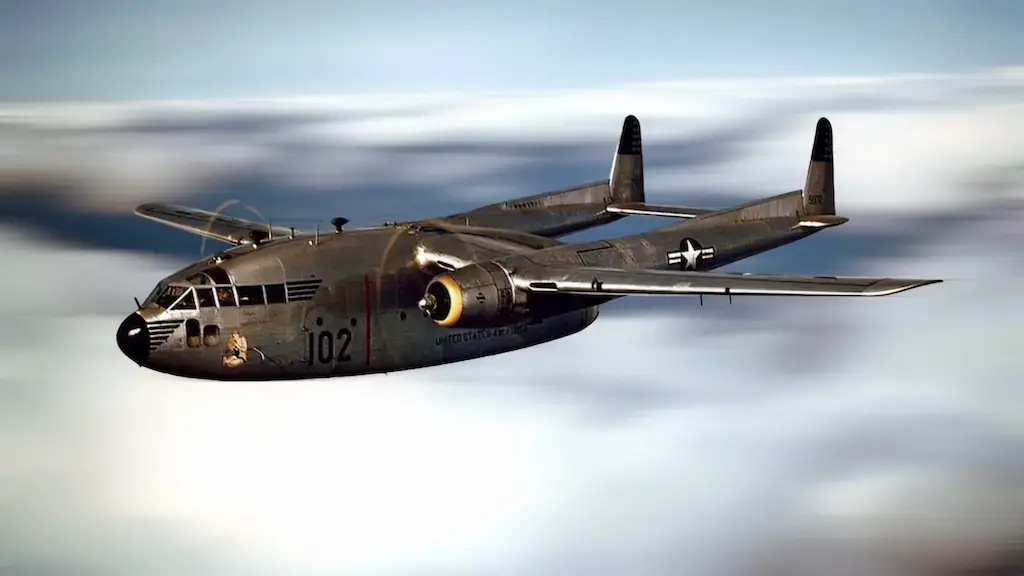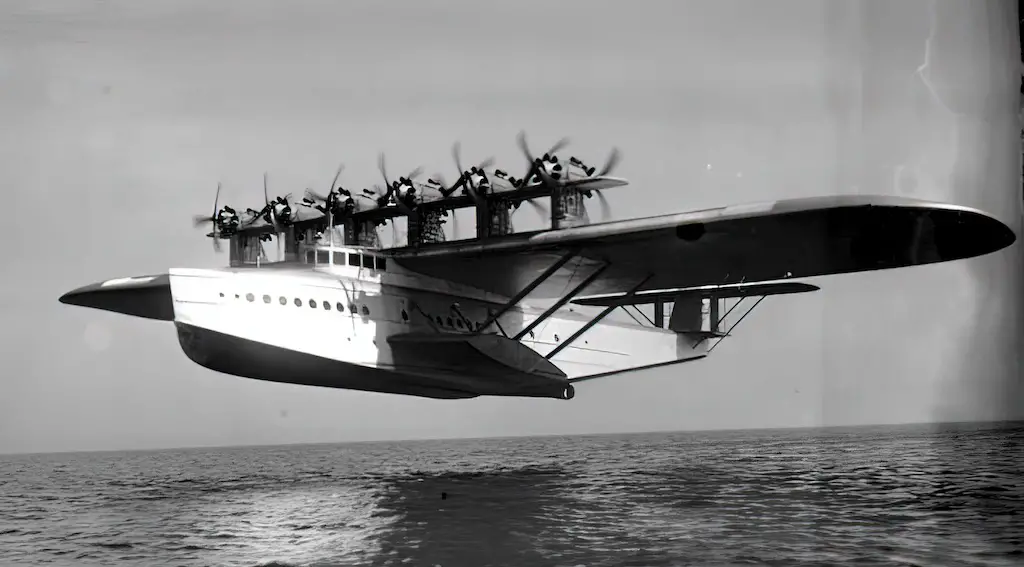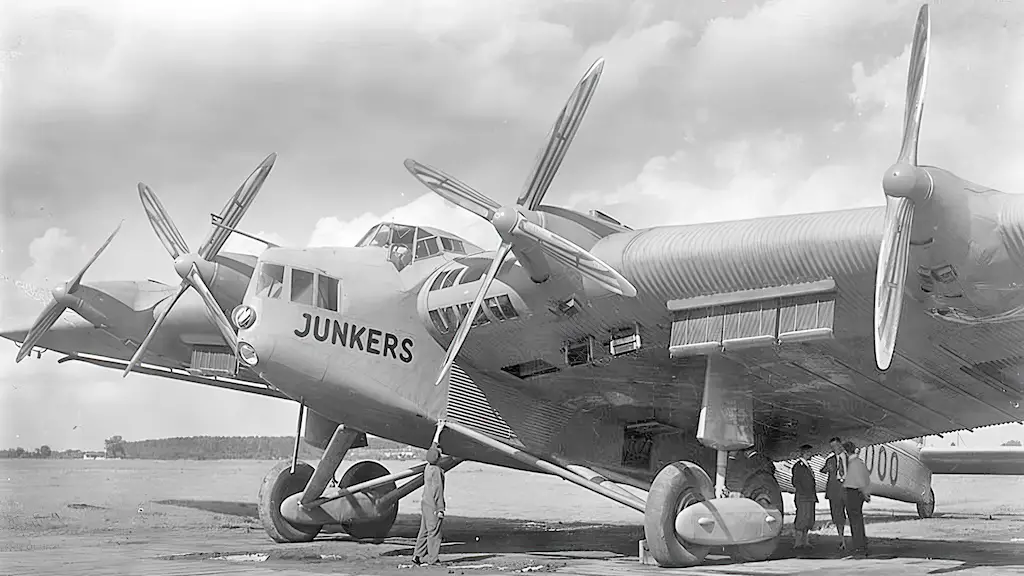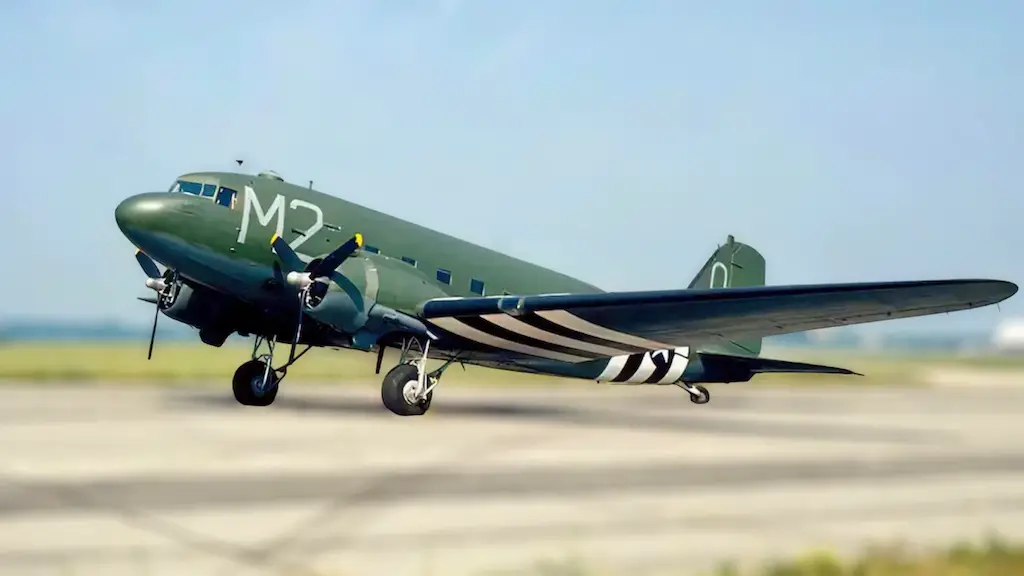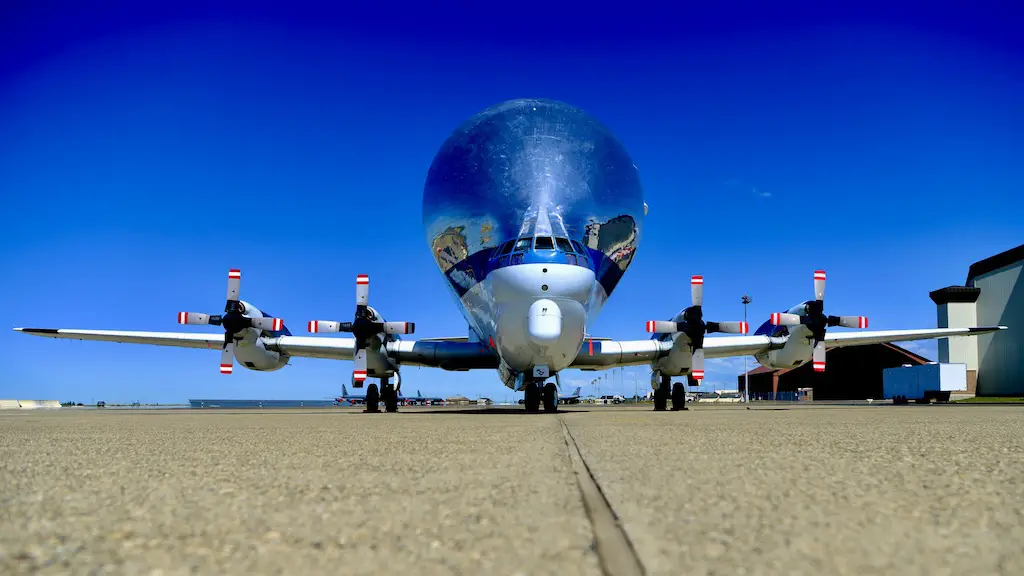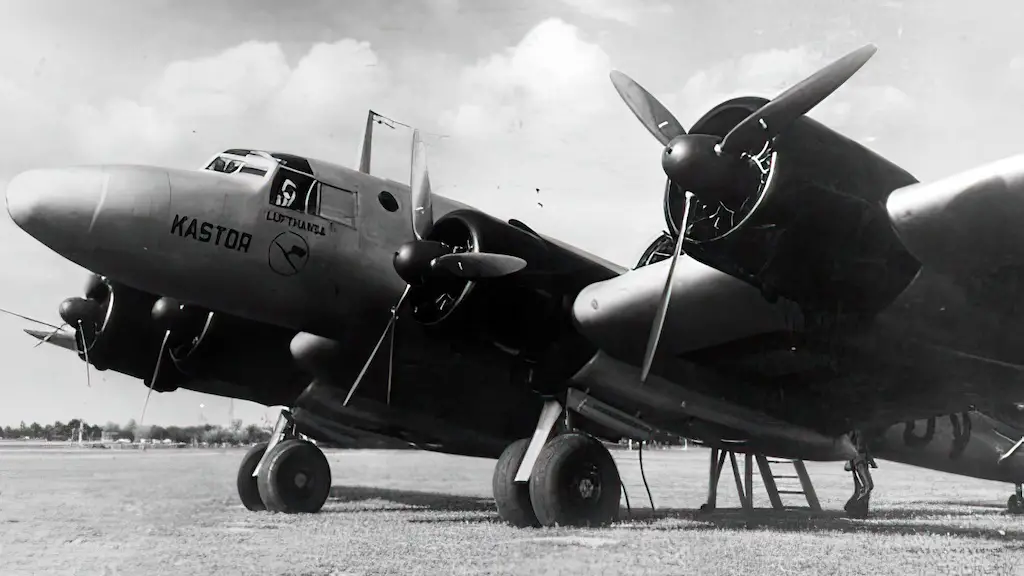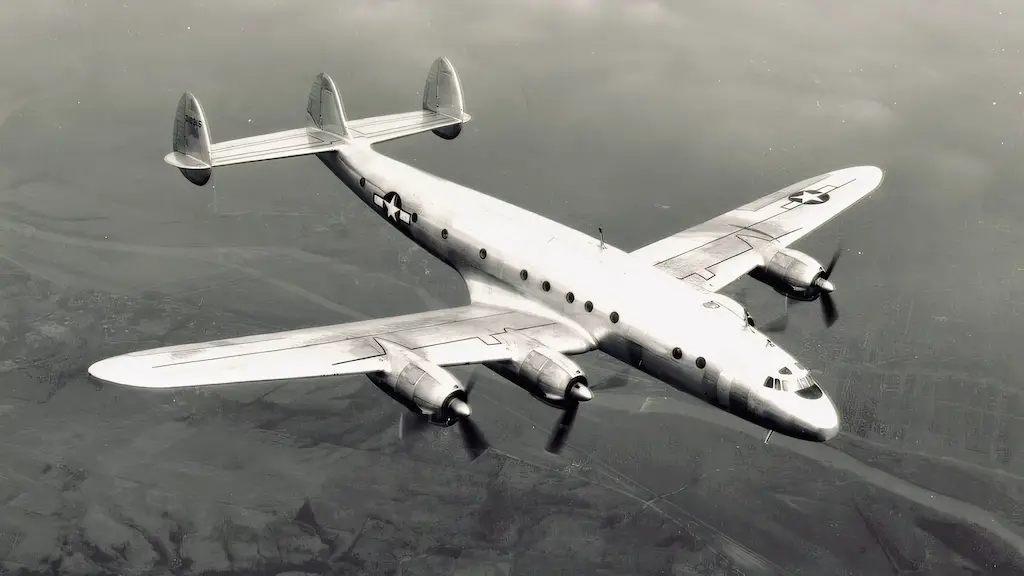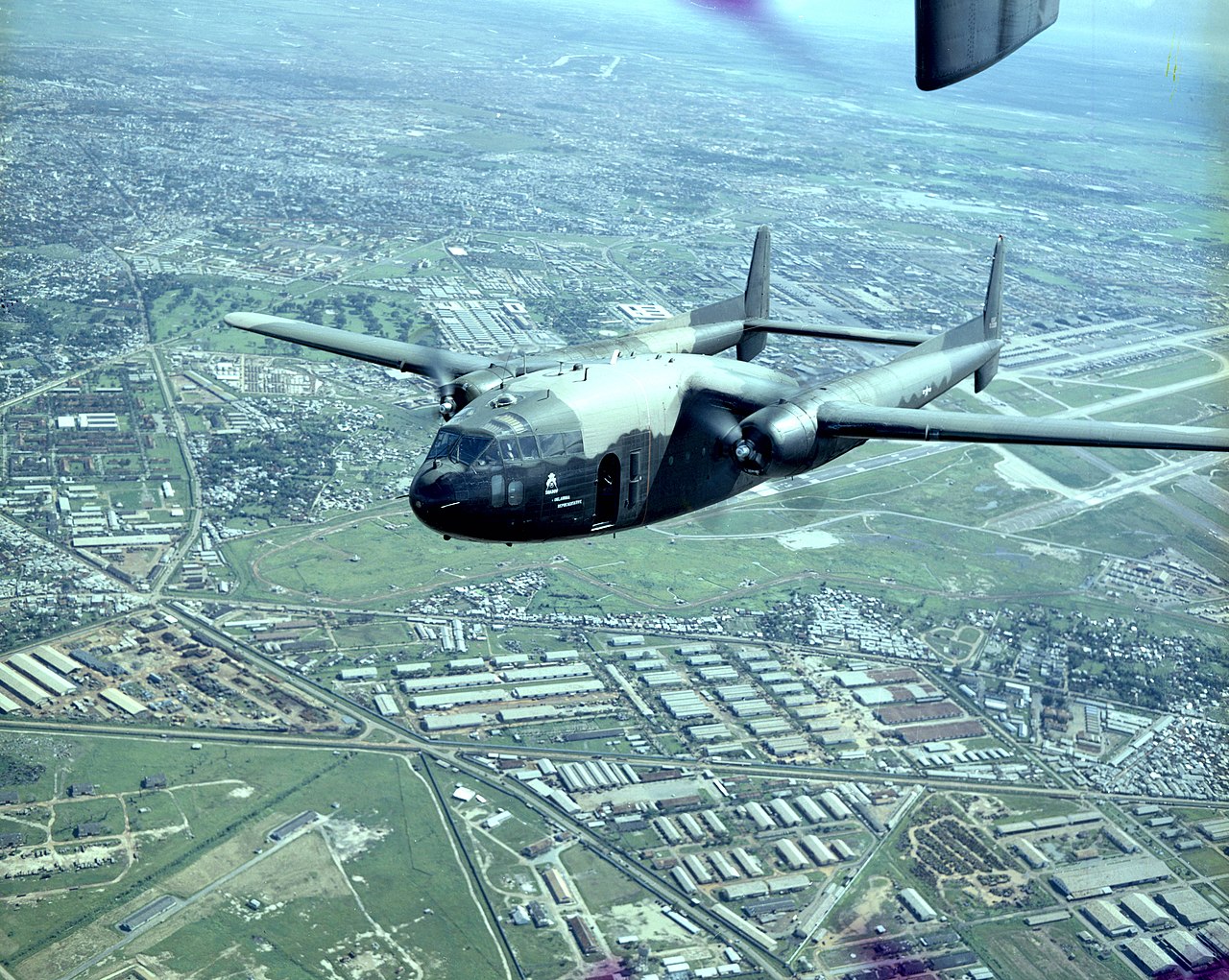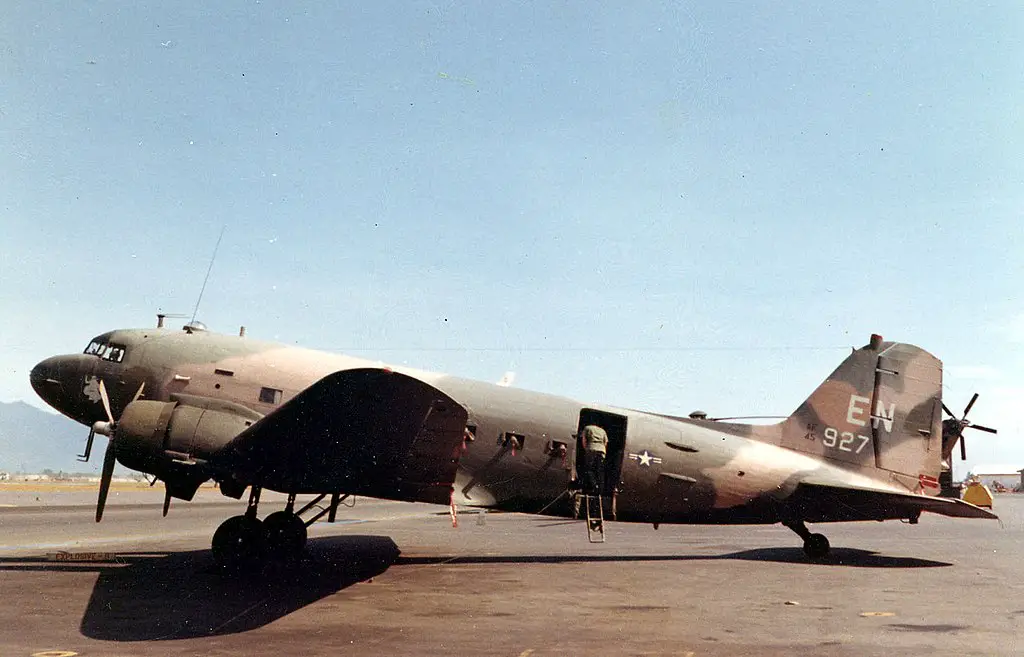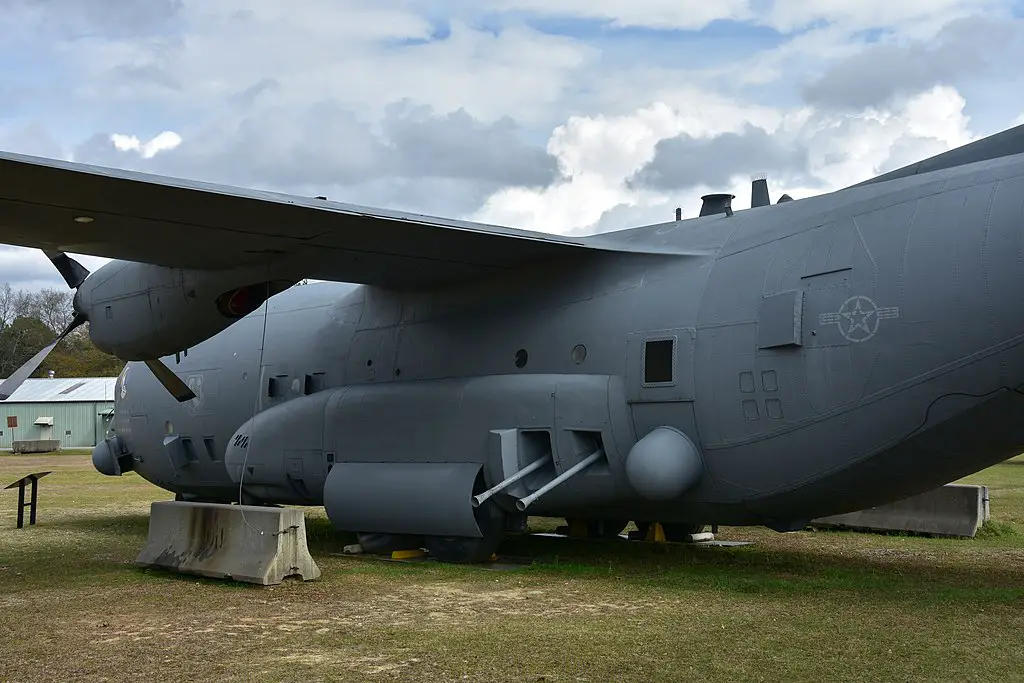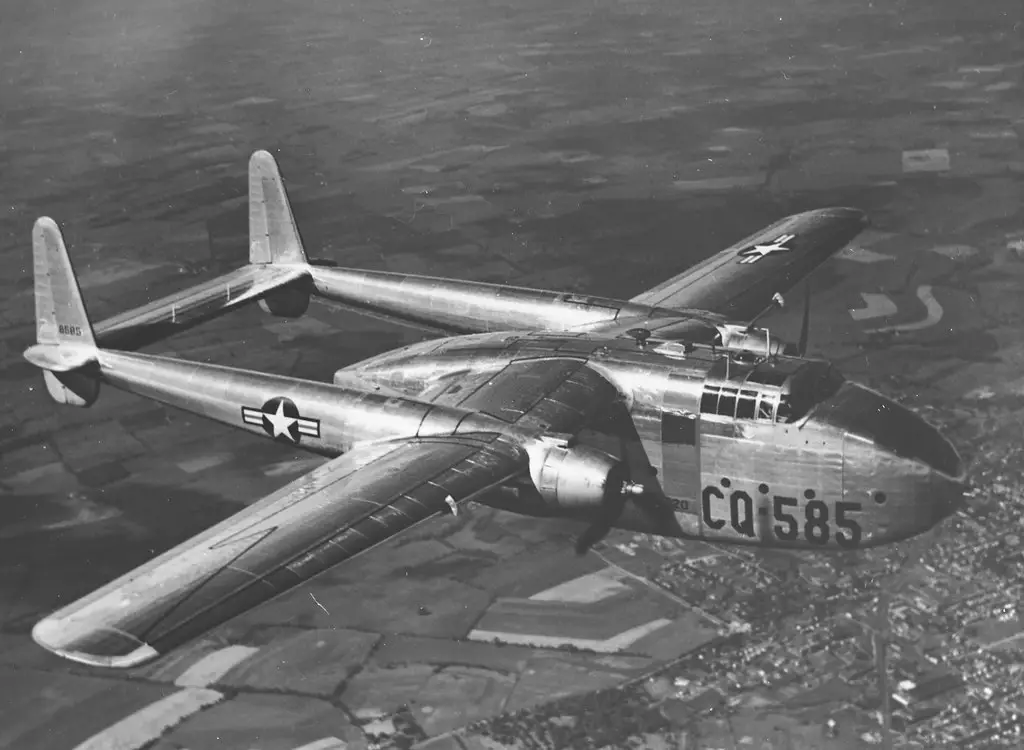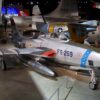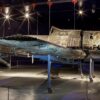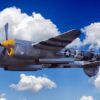The Fairchild C-119, nicknamed “Flying boxcar” for its simple and capacious interior, has entered the history of aviation as one of the most versatile transport aircraft. Employed in a broad range of roles from airdropping personnel and equipment in Korea to catching films dropped from spy satellites in the middle of the Pacific, this rugged aircraft faithfully served the US Air Force, Navy and Marine Corps for over two decades (in the latter two service branches it was known as R4Q).
A very successful upgrade
Fairchild didn’t develop the C-119 from scratch. It was, in fact, just an improved version of the company’s C-82 Packet model, which made its first flight in 1944. While retaining the C-82’s key features, such as twin-engine, twin-boom layout, the C-119 had more powerful Pratt & Whitney R-4360-4 Wasp Major engines and a more robust airframe. It also had the flight deck repositioned from above the cargo compartment to the aircraft’s nose. That meant the C-119 had more cargo space and could carry greater payloads.
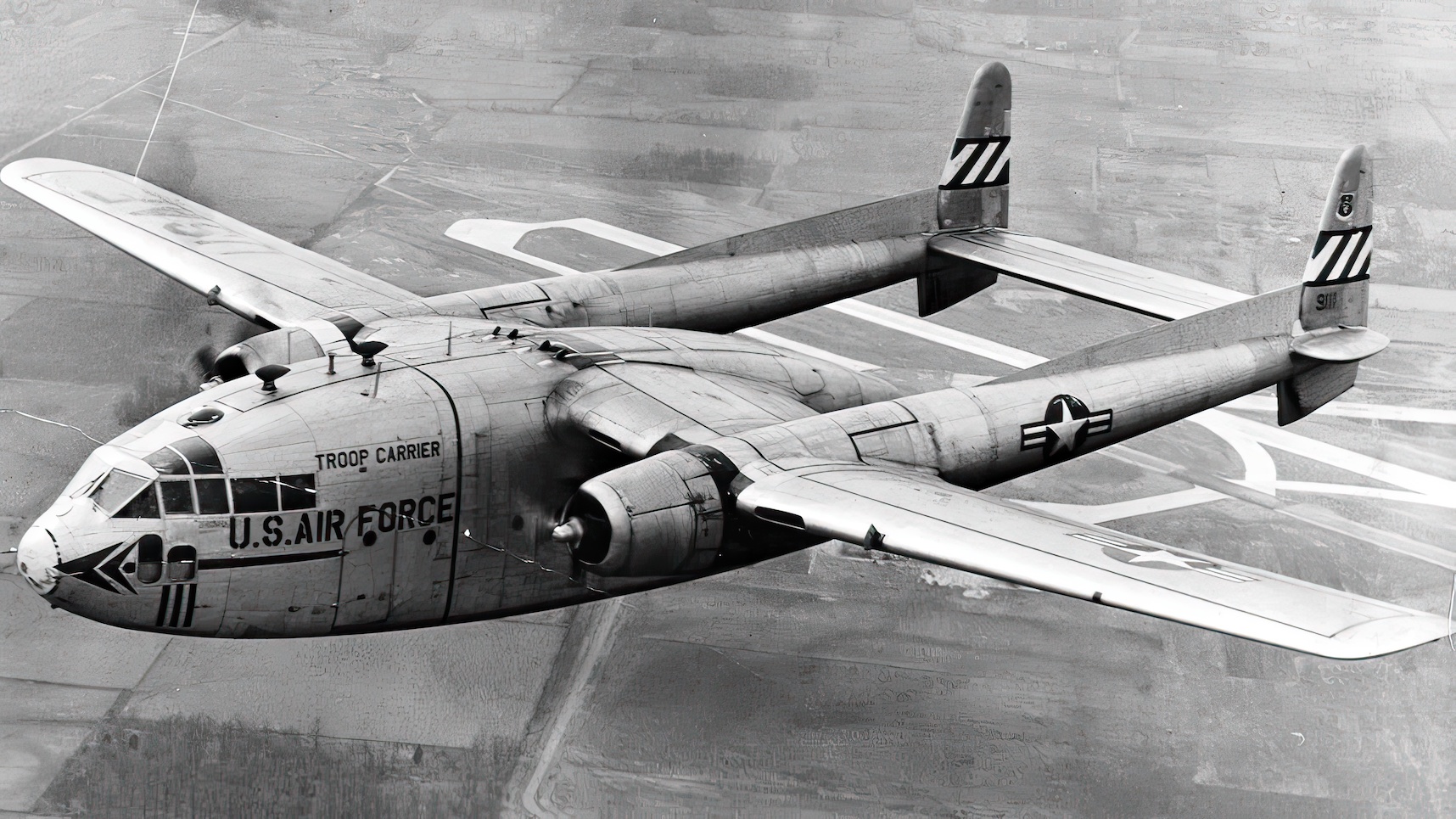
The conversion was, however, so successful that Fairchild ended up manufacturing ten times more of the upgraded aircraft than the original ones, with the C-119’s six-year production run nearing 1,200 airframes. It was not a perfect aircraft, of course, suffering from landing gear failures, problems with engines and propellers, and displaying violent stall characteristics. In fact, some pilots called the C-119 “thousands of rivets flying in loose formation.” Nevertheless, the “Flying boxcar” had a long life full of adventures.
Dropping troops, howitzers and bridges in Korea
The “Flying Boxcar” made its first flight in late 1947, was introduced with the USAF in December 1949, and went into combat in Korea the following year. C-119s operating from bases in Japan provided a lifeline between Japan and Korea, ferrying supplies and equipment into the combat zone, as well as airdropping troops behind enemy lines. The C-119’s first combat parachute operation in October 1950 involved airdropping jeeps, 90-mm. towed anti tank guns and 105-mm. howitzers, and was also the first time, when heavy equipment was dropped in combat.
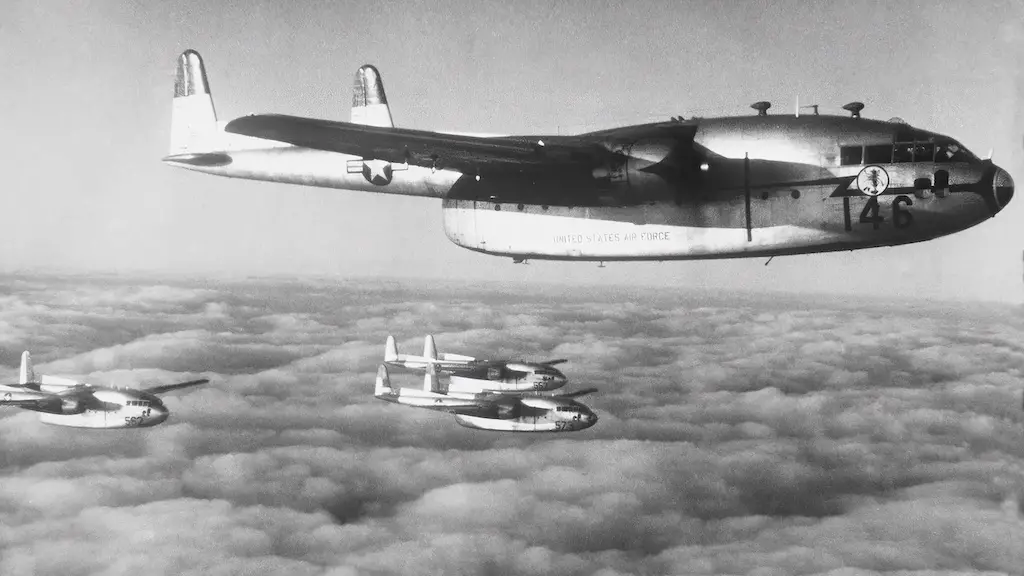
“Flying Boxcars” played a particularly significant role in the evacuation of UN troops during the Battle of the Chosin Reservoir. Performing an unprecedented (and never repeated) operation in military history, C-119s airdropped portable bridge sections, which US engineers then used to restore safe passage between Koto-ri and Hungnam.
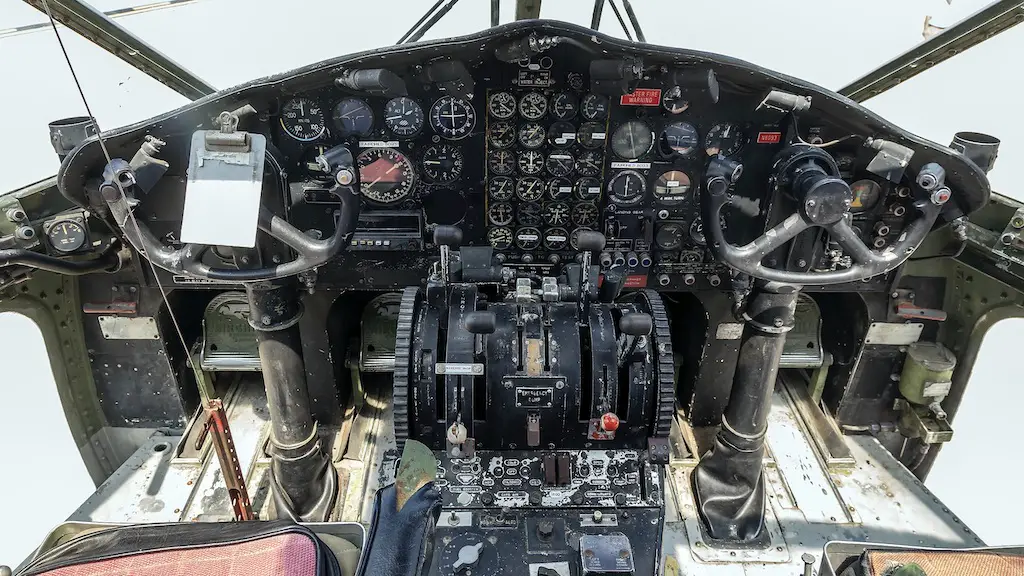
A Jets & Props gunship over Vietnam
The Vietnam War gave the C-119 one more successful application in addition to hauling cargoes and airdropping troops. Equipped with four 0.30in GAU-2/A miniguns and designated AC-119G Shadow, modified “Boxcars” joined the USAF fleet of gunships in early 1969, operating alongside AC-47 Spooky and AC-130 Spectre. Later that year, an even more mighty gun platform, the AC-119K Stinger, followed.
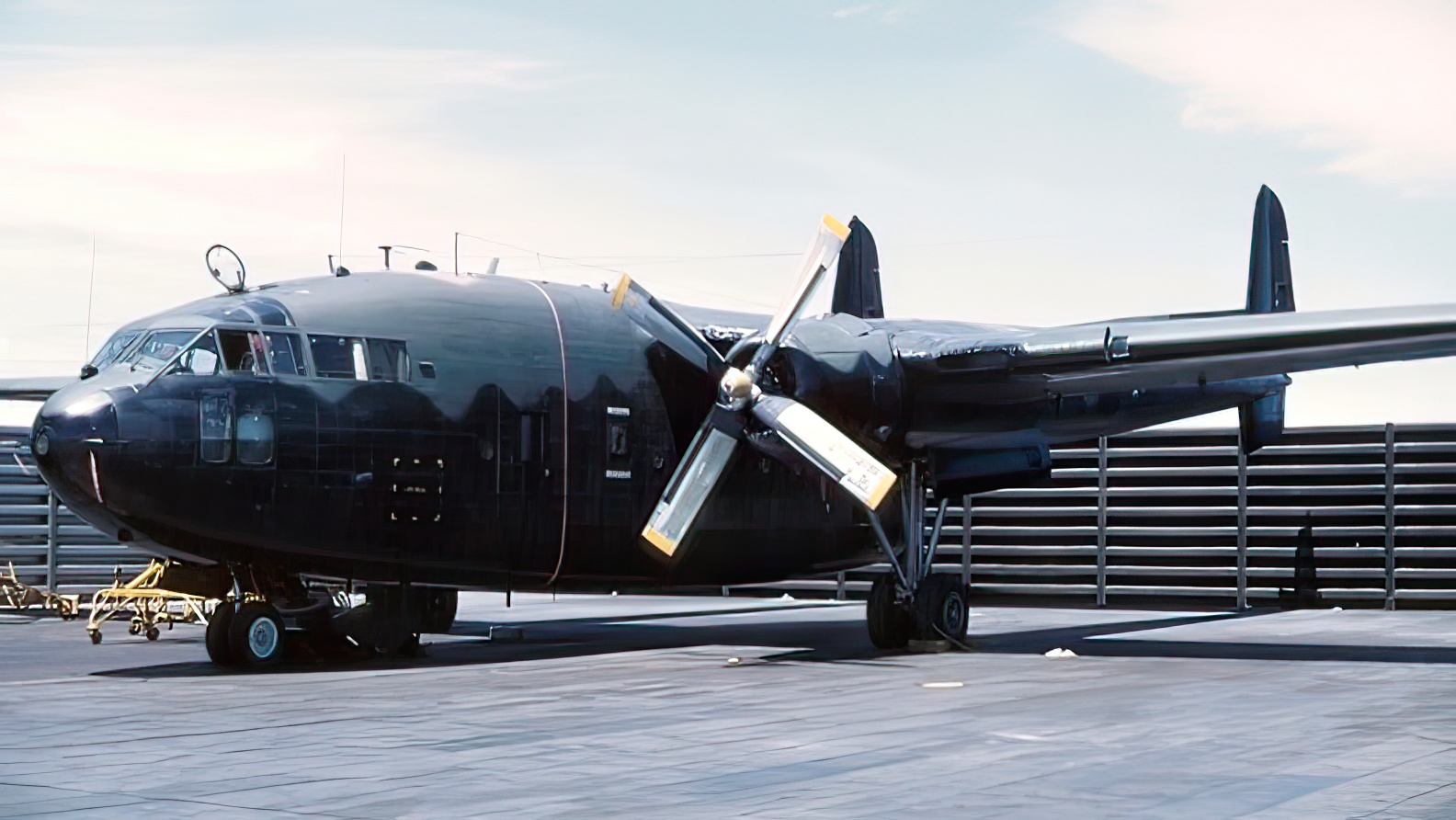
In addition to four miniguns, its crew operated two 20mm M61 Vulcan six-barreled Gatling cannons. Apart from greater firepower, the Stinger variant also featured a pair of General Electric J85 turbojet engines in underwing pods, allowing for a greater takeoff weight compared to AC-119G. While Shadows were extensively used for close air support, Stingers focused primarily on interdiction missions, hunting enemy trucks along the Ho Chi Minh Trail.
Snagging space capsules
“Flying Boxcars” also pioneered mid-air recovery of capsules containing film canisters descending from space by parachute. In August 1960, a USAF C-119 successfully accomplished first such mission, recovering a film from the Discoverer 14 spacecraft launched under the secret Corona spy satellite program.
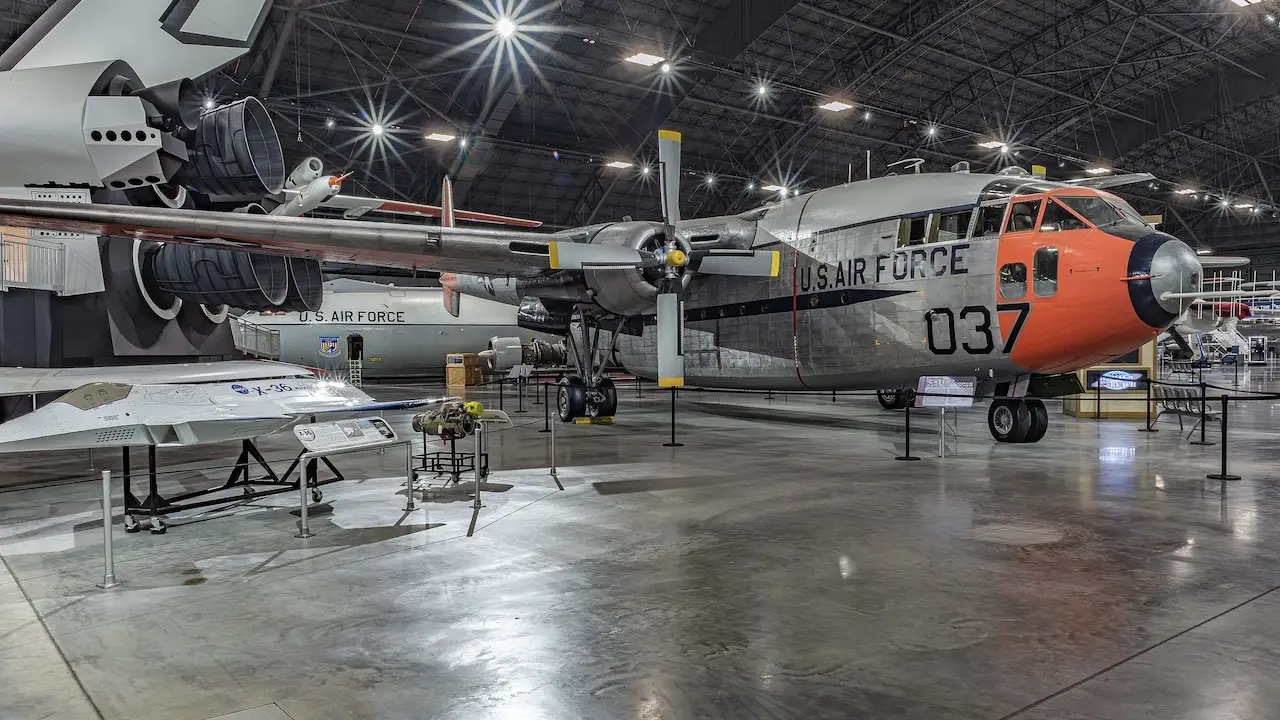
The “Boxcar” crew managed to catch the capsule at an altitude of 8,000 feet some 360 miles southwest of Honolulu. That also happened to be the first aerial recovery of an object returning from Earth orbit. C-119’s other similar missions included retrieval of target drones, such as the Ryan Firebee, and instrument packages from high-altitude balloons.
Under foreign flags
The C-119’s active use by foreign countries began well before its retirement from service in the US Armed Forces. The Royal Canadian Air Force received its first “boxcars” in 1952. Some of those were used as UN peacekeeping force aircraft during the Suez Crisis several years later. At about the same time the French extensively employed the C-119 in Indochina, including in supplying their besieged forces at Dien Bien Phu. The majority of these missions were flown by American CIA pilots accompanied by French officers and support staff.
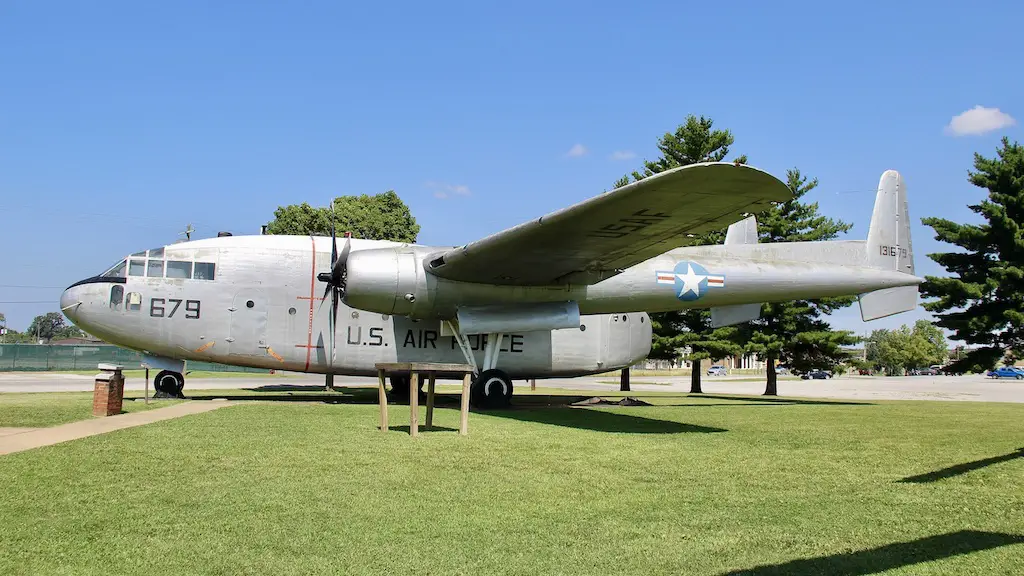
The C-119 also took part in the one month-long Sino-Indian War of 1962. Some of the C-119s in India’s service were retrofitted with Bristol Siddeley Orpheus turbojets built by local Hindustan Aeronautics Limited. Placed on top of the fuselage, these power plants acted as take-off boosters.
When the United States started withdrawing troops from Vietnam, it transferred a large number of C-119s, including all AC-119G gunships and some of USMC-operated R4Qs to the South Vietnamese Air Force. The United States also supplied C-119s to Belgium, Brazil, Ethiopia, Italy, and Taiwan.

